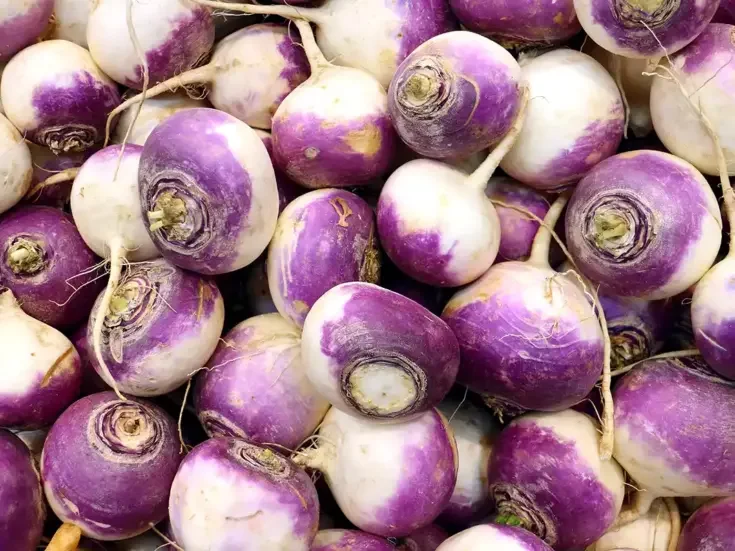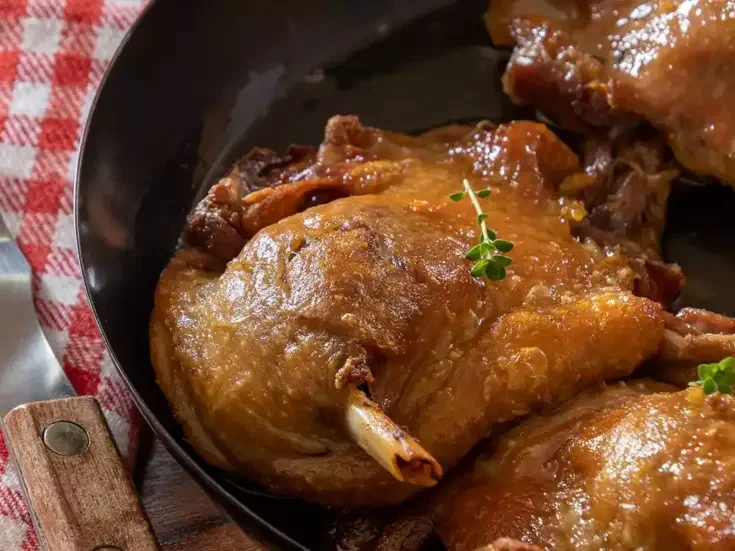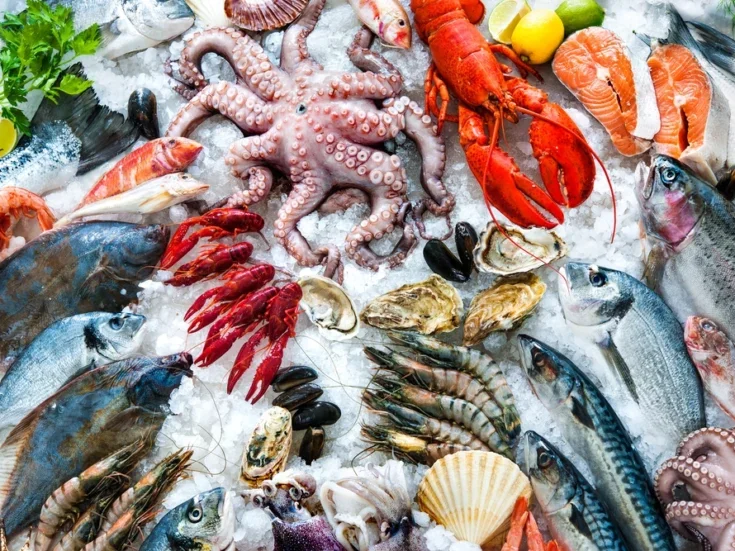
On my last wine trip to Argentina five years ago, I spent one enjoyable evening at a restaurant that only served empanadas, but otherwise, as I remember it, beef, mostly steak cooked at an asado (barbecue), was the main feature of every lunch and dinner. It wasn’t a surprise, least of all an unpleasant one, although I couldn’t have kept up the pace for much longer.
With a cattle population of 53 million and a human population of 45 million people, Argentina still leads the world in beef consumption. The figure has declined from an annual average of just over 74kg (163 pounds) per person 30 years ago to around 47kg (104 pounds) today, as inflation-hit Argentinians turn to cheaper meats, especially chicken and pork, and as vegetarianism increases, but beef is still a way of life.
Empanadas: A way of life
As are empanadas—individual half-moon shaped, folded, filled pastries, mostly savory, but by no means exclusively. I don’t remember a lunch or dinner on my 2019 visit when empanadas were not served, often as part of the warm-up act before giant steaks, other meats, morcilla, sausages, and vegetables emerged from the parrilla (outdoor grill).
Empanadas are popular in Chile and other Latin American countries, as well as in Spain, Portugal, and the Philippines, but nowhere seems to have quite the same devotion to them—obsession might be a better word—or as many regional variations, as Argentina. Almost inevitably, there is a National Empanada Day, April 8, and a national festival. The three-day Fiesta Nacional de la Empanada, held in September in the city of Famaillà in the small Tucumán province (just south of Salta), naturally includes the National Empanada Championship.
While it’s clear that empanadas were introduced to Latin America by the conquistadores, not a lot is known about their exact origins. They are believed to have emerged in Spain, where empanar means ‘to bread’ (coat food with bread/breadcrumbs), although the prototype portable food—bread filled with vegetables for travelers and those spending their days on the land—goes back to ancient Persia centuries BC. Filled pastries of various shapes, fillings, and names followed, spreading across Asia Minor and northern Africa.
The first known reference to empanadas is in El Llibre del Coch by Robert de Nola, a book in Catalan in the Biblioteca Nacional de Catalunya, Barcelona. Printed in November 1520 on a Gutenberg press, but written around 1490, it thus pre-dated any cookbook in Spanish. The empanadas are filled with seafood in recipes for Catalan, Italian, French, and Arabian food. Argentina’s earliest cookery books came much later, in the 1880s, but included empanadas. One of the first was Susan Torres de Castex’s La Perfecta Cocinera (1888). Her recipe was based on chopped meat and onions with boiled egg, raisins, and olives.
Today, beef, diced, ground or occasionally sliced, is the most widespread filling, with chicken and humita (creamed corn, aka sweetcorn) also popular. Fish and seafood are much less common: Seafood empanadas are a specialty of coastal Patagonia, and river fish—surubi (catfish) and dorado—feature in the northeast provinces of Santa Fe, Entre Ríos, and Corrientes.
The regionality of Argentine emapanadas
But there is much more to empanada fillings than the base protein or vegetable and it was the regional variations that I had hoped, indeed assumed, I would unravel—which of them, for example, include hard-boiled egg, or green olives or raisins, peas, potatoes, or bell peppers, and which are fried, rather than baked. But, reader, I have failed. Almost everything I read and heard contradicted something or someone else; so, what follows is not set in stone and is far from comprehensive.
To get the commonalities out of the way, almost all Argentine empanadas are made from flour-based dough and the way they are sealed and crimped with a distinctive decorative edge in various styles is called repulgue.Empanadas are sometimes fried, in Tucumán and Córdoba, for example, but baking is more usual. The main exception to flour-based pastry is dough made from mandioca (cassava) in Misiones, Corrientes, and Formosa. Many fillings include scallions (spring onions), cumin, and paprika. Sometimes they’re served with a spicy salsa criolla or piquant, herby chimichurri, the national culinary treasure that accompanies all steak in Argentina—and not only steak.
Now to the regions. The typical Salta empanada made from diced beef is smaller and spicier than most—and in my, admittedly limited, experience, particularly delicious. The filling usually includes hard-boiled egg and boiled potato and often green olives, raisins, and chilli powder. The addition of raisins gives a characteristic sweet and spicy flavor. Peas, a feature of neighboring Jujuy’s empanadas, sometimes cross over into Salta.
Jujuy’s fillings tend to be spicy, like Salta’s, and goat meat and chicken are also used, although goat is more commonly mentioned for the empanadas of Catamarca and La Rioja.
The traditional Tucumán beef empanada is made using matambre, thin slices from the flank, with plentiful scallions and cumin. Among other ingredients, eggs and olives are often cited. Mondongo (tripe) and chicken are also said by some to be traditional fillings here, but there doesn’t seem to consensus as to whether the authentic Tucumán empanada is baked in a clay oven or fried.
In addition to the coastal fillings of seafood such as king crab, Patagonia is also renowned for empanadasmade from its organic pasture-raised lamb, slow-cooked and often flavored with herbs such as oregano, thyme, and rosemary.
Perhaps the most individual regional empanadas are those of Córdoba. The filling is generally beef-based but has a sweetness that comes not only from raisins but from the white sugar that is sprinkled on them before baking and is often also added to the filling.
The wines to pair with empanadas
This sweetness is something to keep in mind when pairing wine with the empanada córdobesa, but are empanadas worthy of much wine pairing discussion? I think they are, even if, in Argentina, the wine served with beef empanadas is often whichever Malbec is going to be drunk with the steak and other foods to follow, although sometimes a lighter Bonarda or fashionable Cabernet Franc is served.
The exception is Salta, where the local white wine, the aromatic Torrontés, is the traditional accompaniment to their beef empanadas. I approached the pairing rather skeptically the first time and was pleasantly surprised. The spicy, sweet, and sharp notes of the Salteña filling, from ingredients such as green olives, raisins, and chilli, mean that these empanadas are not intensely “beefy” in flavor. A wine such as Bodega Colomé Estate Torrontés works well, but so would the more complex and mineral Susana Balbo Signature Barrel-Fermented Torrontés from Uco Valley.
Torrontés gives immediate “when in Rome…” reassurance, but it’s certainly not the only wine, or even the only white wine for Salta empanadas. Skin-contact whites tend to be a good match for the spicy meat filling, for example, the rich, complex, textural Doppler Estate Traminer 2021 from Slovenia.
Full-bodied dry rosés, especially from Mediterranean France, also have their place—wines such as Grenache-based Tavel, Mourvèdre-based Bandol, or Domaine Mourchon Soubois Rosé 2022, a Syrah-based Séguret that is designed for food and was aged on its lees in large oak barrels for six months.
With red wines, you won’t go far wrong with Malbec, unless you overwhelm the empanada with a powerful, heavily oaked, young wine, or choose one that is too simple and jammy. To recommend just one: Zuccardi Q Malbec 2021. It comes from high-altitude Valle de Uco vineyards and is fermented in concrete with native yeasts and aged in concrete and untoasted French oak barrels.
When it comes to other reds, there are many possibilities, particularly among medium-bodied wines with a slightly spicy, red fruit character, among them old-vine Cinsault from Itata and Maule in Chile, Greek reds designed to be drunk young made from Xinomavro and from Agiorgitiko, and both Nebbiolo and Valpolicella.






